New Zealand faces a unique opportunity to transform our economy through using our renewable electricity resources to replace fossil fuels. The benefits of electrification promise to be profound for consumers; for jobs and our economy; and for our climate
The question is, asks Transpower CEO Alison Andrew, are we ready and do we have a plan?
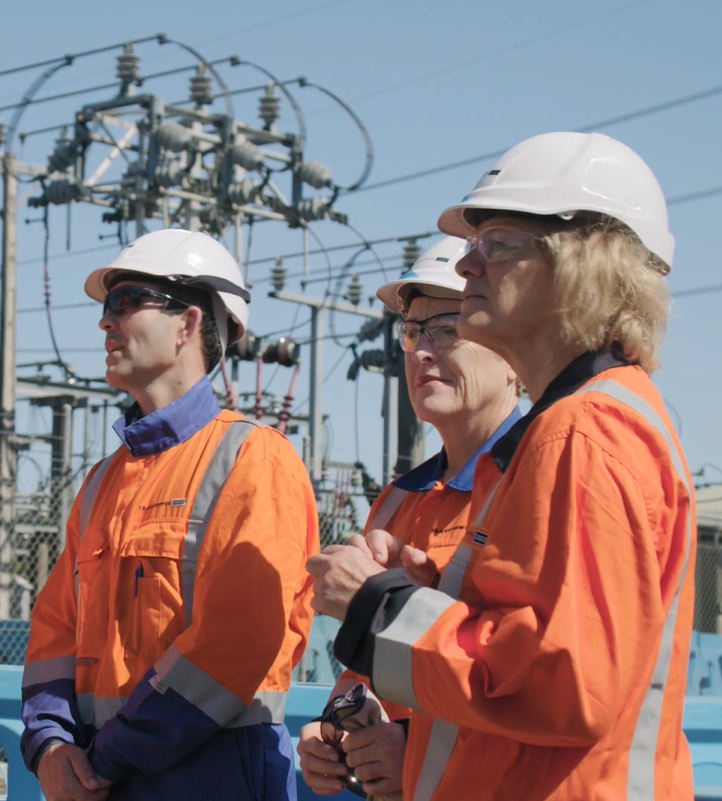
L-R Transpower Chair Pip Dunphy, CEO Alison Andrew, GM Grid Delivery Mark Ryall at Mangere Station
Over the last two-and-a-half years, Transpower, as the owner and operator of New Zealand’s electricity transmission grid and operator of the national electricity market, has been working on detailed analysis and modelling as to what New Zealand’s energy future will look like.
We have a unique, whole-of-system view of New Zealand’s electricity sector and we use insights generated by our best engineers, analysts and strategists to plan for its stability and security. As you might expect from an organisation with a strong commitment to engineering, we like to make fact-based decisions.
Culminating in our most recent report ‘Whakamana i te Mauri Hiko – Enabling our Energy Future’, the facts are now clear: decarbonising our economy through electrification – starting with transport and process heat in industry and buildings – will deliver lower energy prices to consumers, create thousands of high-skilled jobs, generate distinct competitive advantage for our economy and enable us to meet our international climate change commitments.
While we have unique resources available to us, we’re not alone in acknowledging this opportunity. Research just published by Oxford University notes that green recovery packages deliver greater economic benefits and create many more jobs. Electrification of our economy will create many thousands of highly-skilled, well-paid jobs and start to transform our workforce.
We have a wealth of renewable electricity resources which can be developed to deliver a modern, low-carbon economy. The price of developing renewables like solar and wind continues to fall, technology in batteries and EVs continues to evolve and our renewable electricity base is ideally suited to the electrification of transport and industry.
We have the resources, we have the technology and we are increasingly clear on what needs to change for us to realise the opportunity. However, on the other side of the equation, emissions are still higher than they were a decade ago, we’re running out of time to meet climate targets and we don’t yet have the right plan.
In May, the World Economic Forum released its 2020 Energy Transition Index. It assesses countries for their current energy performance, as well as how prepared they are to transition their energy sector to deliver energy security, fair prices and a sustainable energy supply.
New Zealand comes in at a respectable number six for current system performance, reflecting our historic renewable electricity base, but we come in well down the table at number 24 for our readiness to transition our energy sector.
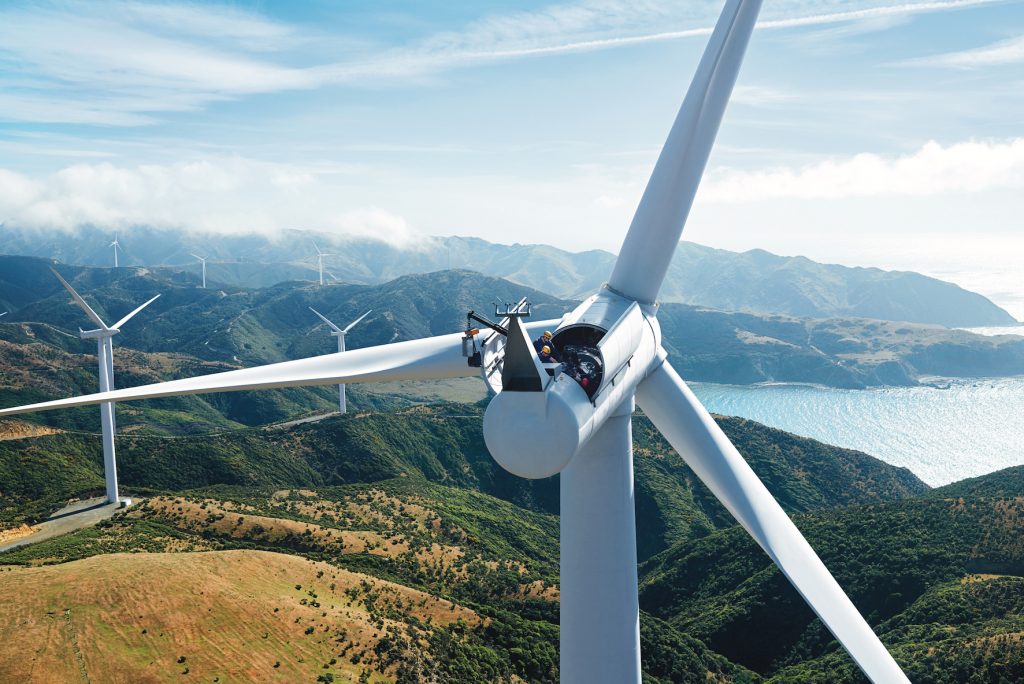
NZStory Energy Makara Wind Farm // Credit: Chris Sisarich
Yes, New Zealand’s electricity is 85% renewable and that’s high globally. But only 40% of our energy comes from renewable sources, reflecting our dependence on oil for transport and our use of coal and gas for industrial and building heat – drying milk, and heating schools and hospitals, for example.
Sweden, which topped the table, is 65% renewable in electricity but 55% across energy. Sweden’s energy, for example, is already 25% renewable for transport and 65% for heating. Sweden, like a number of other countries that outrank New Zealand, is also making good progress in increasing its percentage of renewable energy – particularly over the last decade.
It’s in the planning for an energy transition where we have not kept pace with other countries.This is the gap we need to close.
The countries which are doing well in improving their energy sustainability performance are taking a whole of system approach to energy transformation and are actively targeting a reduction in fossil fuel use in their transport and industrial sectors.
Currently, transport represents 20% of New Zealand’s total greenhouse gas emissions and process heat makes up 10%.
Addressing this and beginning to realise our renewable energy advantage depends upon developing a clearly articulated whole-of-energy-sector vision.
It needs to be a 30-year plan;
the chances of meeting our 2030 Paris climate change commitment and our 2050 net zero carbon commitment without such a plan are low.
The good news is New Zealand still has some time – although none to waste. We have the time to secure the vision, build the plan, put in place policy and start to build our new economy. But we must start now.
Whakamana i te Mauri Hiko’s analysis shows us that decarbonising our economy will require 40 new grid-scale renewable electricity and battery projects over the next 15 years – that’s equivalent to what has been built over the last 40. This will also require significant investments in new electricity network infrastructure.
Electrification will deliver the bulk of the benefits, but other renewable fuel sources such as biomass, hydrogen, biogas, direct geothermal heat and biofuels will all play an important role.
While this plan is built, there’s much we must also get on with. We need to get the right policy incentives in place to drive emissions reductions in transport and industry and remove unnecessary regulatory barriers. The Emissions Trading Scheme is a critically important policy and the recent reforms of the ETS are an important start. We must also reform the Resource Management Act so that it acknowledges the benefits of renewable energy projects and streamlines consenting.
At Transpower we are working to significantly streamline our connections process for new renewable and electrification projects. We are also proactively planning for the grid of the future that will enable a transition to net zero carbon. These changes will also require us to share more detailed information to facilitate the required low carbon investment. There is a lot of work involved, but it is a challenge that we are embracing.
The rewards of getting this right for New Zealand
will be profound and enduring.
Decarbonising our economy will cut our energy bills. Renewable electricity is already the cheapest form of energy, and dropping. Our modelling suggests that an average household with one electric vehicle will see their total energy bill fall by a quarter.
We forecast that New Zealand will have 1.5 million electric vehicles by 2035. Moving our transport from oil to electricity will save us all money and build a more profitable, self-sufficient and resilient economy.
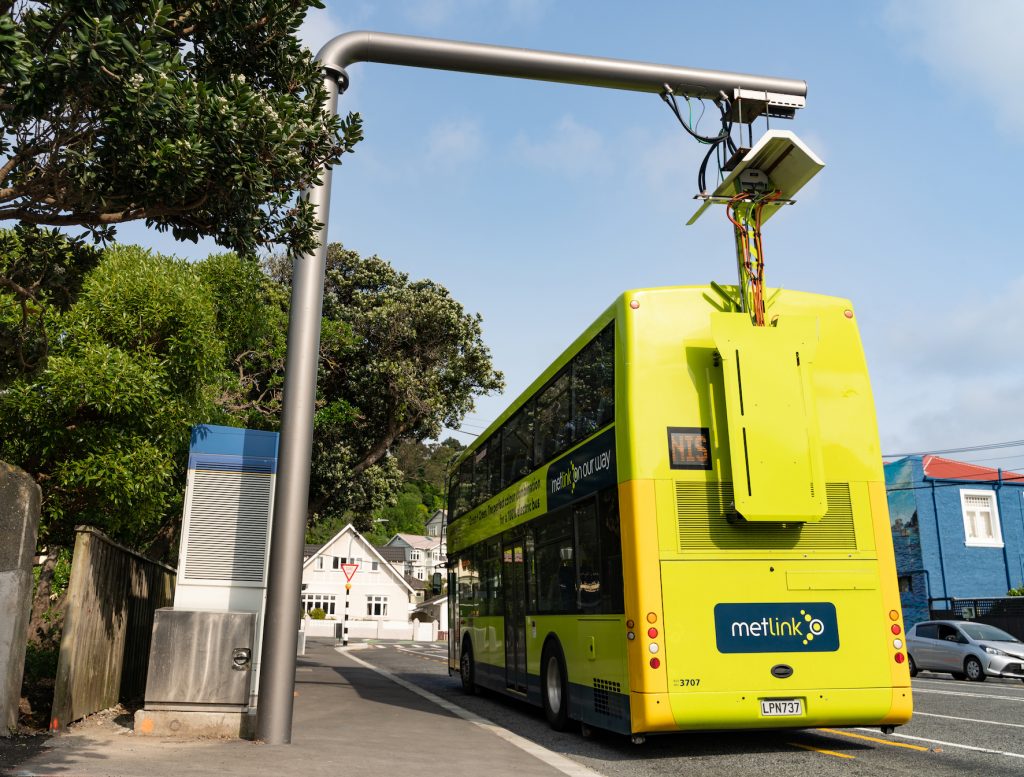
Credit Jon Lyall
Building a modern, low carbon energy system will involve millions of smart, connected devices in our homes and businesses. These will include smart appliances; smart electric vehicle chargers; domestic, industrial and network-connected batteries to store solar, hydro and wind energy; and rooftop solar PV systems on our homes and businesses. It will put the power literally in consumers’ hands. Smart grids and new electricity markets will be required for these new distributed energy resources, enabling consumers to provide services back to the grid and get paid for it.
With the price of carbon emissions rising and new high-tech electrical technologies now available, the profitability of industry will also rise with electrification.
Successfully building a low carbon economy will build on our international brand and increasingly market our products and our country as the climate-conscious choice. We will attract the tourists, the industries and the manufacturers of the future to our country. For example, Microsoft has a goal to be carbon negative by 2030, and in May announced that it will develop new data centres in New Zealand.
New Zealand can quickly become the world’s number one choice for sustainable business.
Post Covid-19 we have a unique opportunity to rebuild our economy and create the industries, jobs and green growth for the future.
Now is the time for the Government, the broader energy sector, business and industry to come together to build the transformation plan we need to ensure we seize this opportunity.

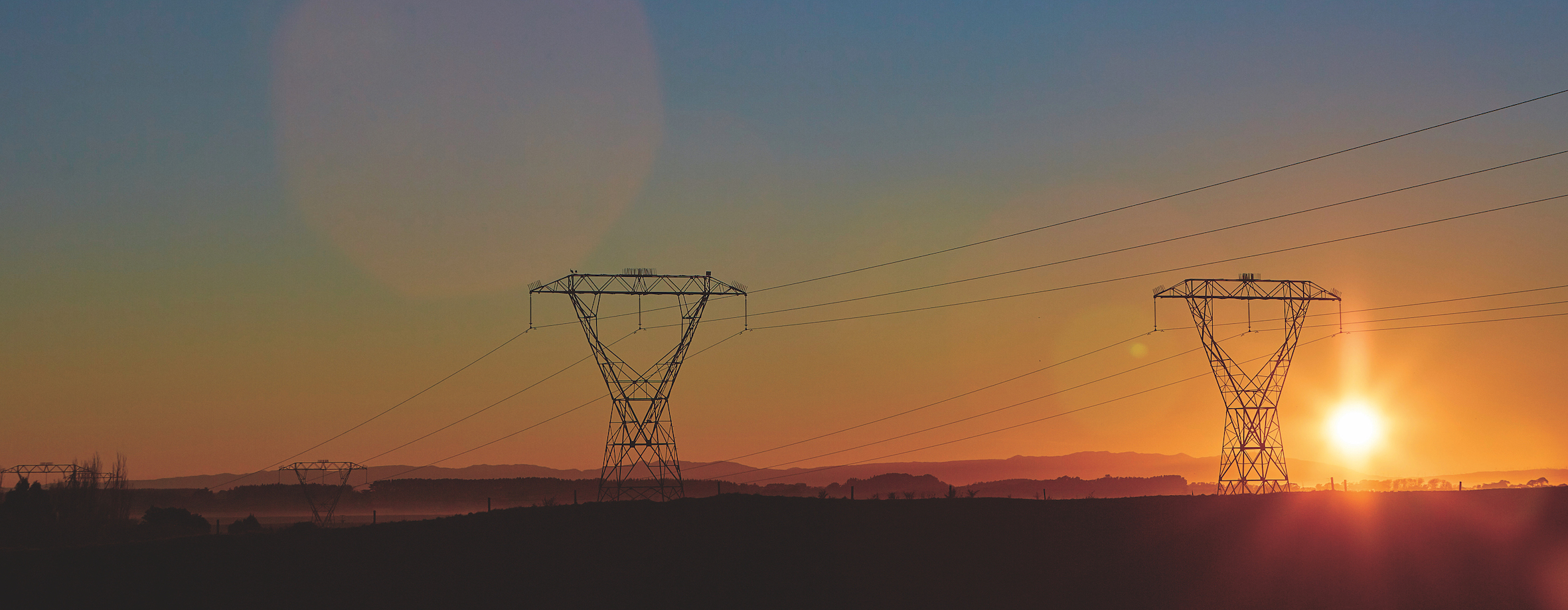
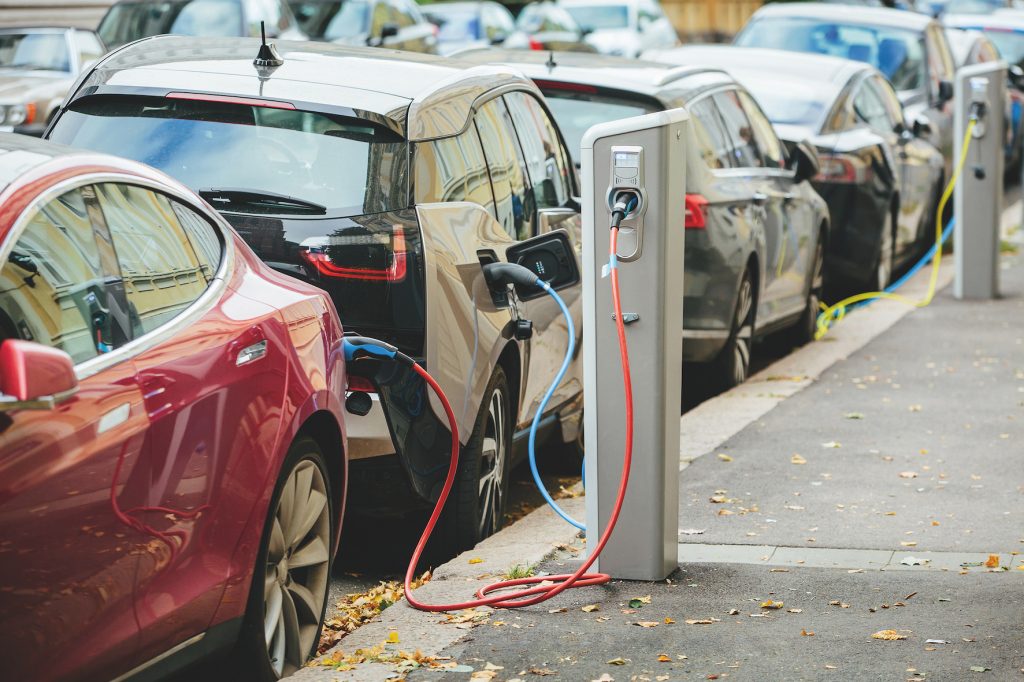


Leave a comment